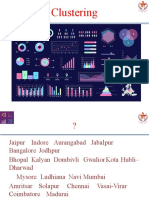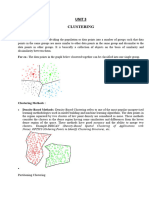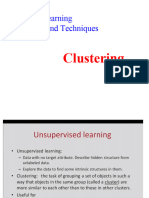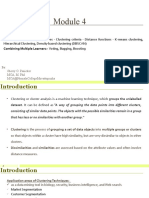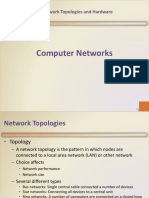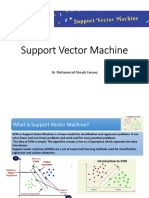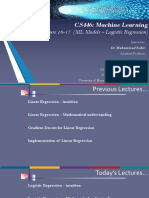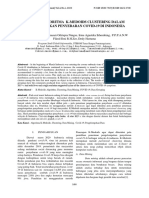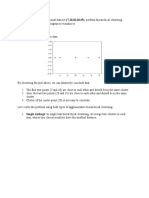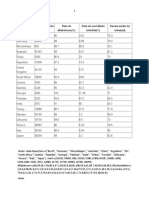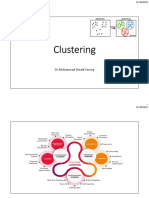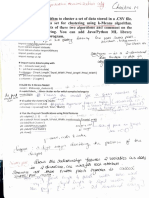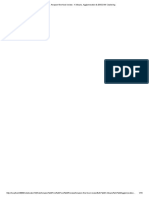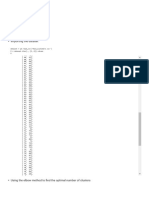0% found this document useful (0 votes)
71 views44 pagesLec 06 Clustering
Clustering is the process of grouping similar data points together. There are two main types: hierarchical clustering, which creates nested groups, and partitional clustering like K-means, which divides data into a set number of groups. K-means clustering works by randomly assigning data to K clusters and then iteratively updating cluster means until the clusters are stable or a certain number of iterations is reached. It uses distance measures like Euclidean distance to assign data to the closest cluster mean.
Uploaded by
Zarfa MasoodCopyright
© © All Rights Reserved
We take content rights seriously. If you suspect this is your content, claim it here.
Available Formats
Download as PDF, TXT or read online on Scribd
0% found this document useful (0 votes)
71 views44 pagesLec 06 Clustering
Clustering is the process of grouping similar data points together. There are two main types: hierarchical clustering, which creates nested groups, and partitional clustering like K-means, which divides data into a set number of groups. K-means clustering works by randomly assigning data to K clusters and then iteratively updating cluster means until the clusters are stable or a certain number of iterations is reached. It uses distance measures like Euclidean distance to assign data to the closest cluster mean.
Uploaded by
Zarfa MasoodCopyright
© © All Rights Reserved
We take content rights seriously. If you suspect this is your content, claim it here.
Available Formats
Download as PDF, TXT or read online on Scribd
/ 44










